Do you want to be sure you’re getting top-shelf books for your favourite people this Christmas – or on any gift-giving occasion? We are making it easy for you! Here is our selection of the very best New Zealand books of 2017 for readers of junior and middle fiction.
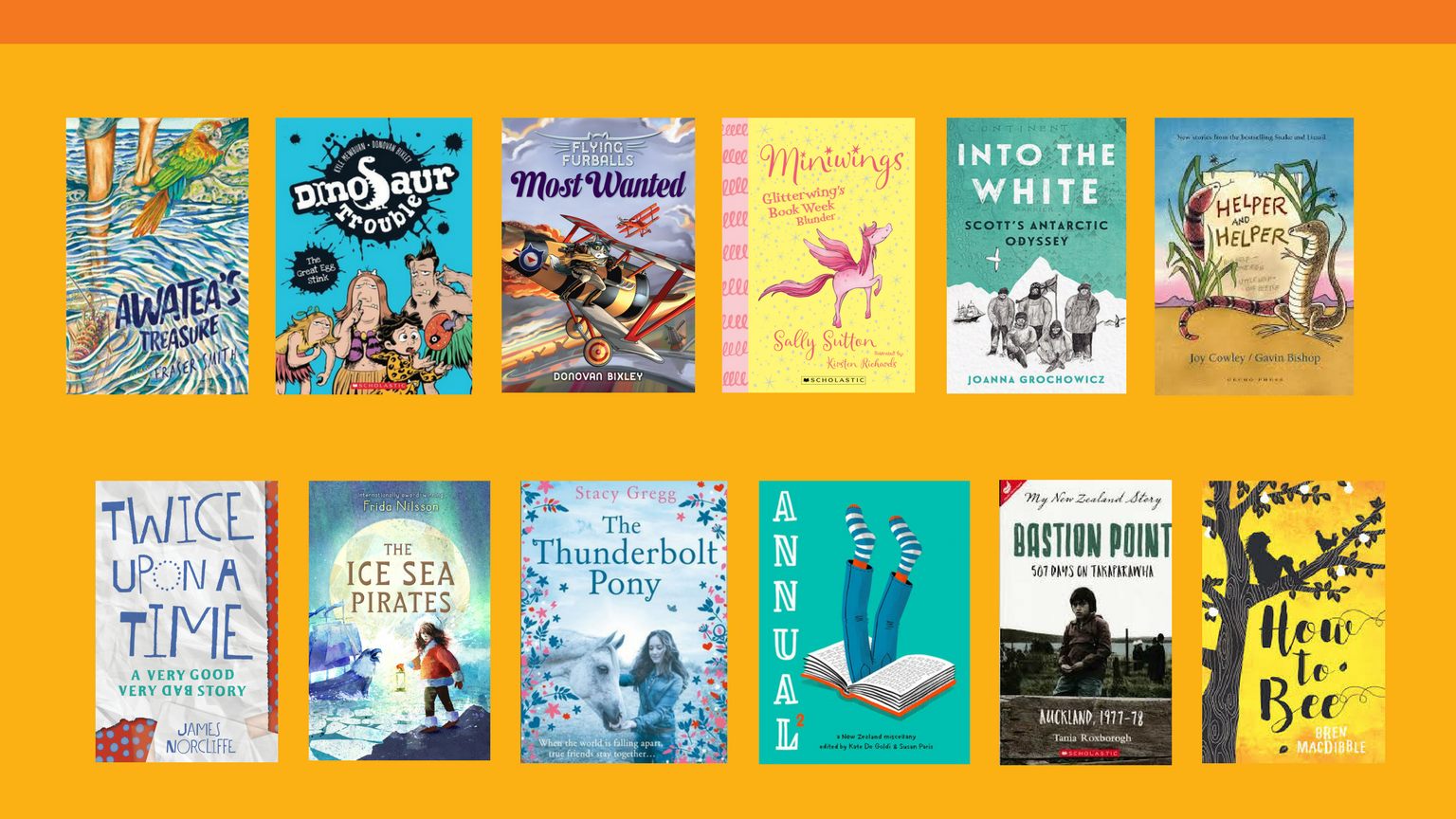
Junior Fiction
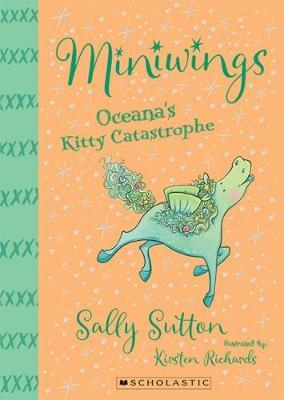
This new series from Scholastic hooks into an idea that we’re sure most children have had at some point (we know we certainly did): What if your toys came to life?
The plots are lively and funny and not overly ‘girly’, and the girls are generally able to get one over on the significant adults in their lives – a guaranteed kid-pleaser. The Miniwings have their own language, with a helpful glossary at the back. We can imagine kids loving this – new words for poo and bogies are always welcome – and we can equally imagine it getting on my nerves if kids in my class started bringing some of the vocabulary to school!
Highly recommended for readers who have a great sense of imagination and humour.
Read the full review by Rachel Moore here.
Read the interview between Juliet Jacka and Sally Sutton here.
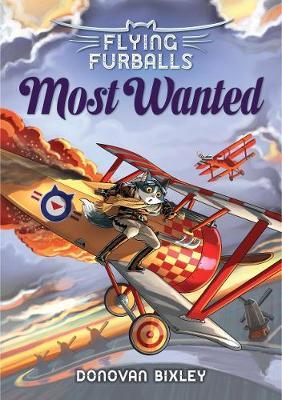
DOGZ versus Cats. This series is set in France during the airborne war between Dogs and Cats. Flying Furballs is Bixley’s current solo series, set in 1916 Europe, with DOGZ standing in as Germans, and CATs as the allied forces. We are introduced to hot young Pilot Claude D’Bonair and his hilarious counterpoint Syd Fishus, who work together with Manx the flight engineer and her naughty sisters, to spy on the DOGZ and keep the CATs secrets safe.
The puns come thick and fast, and Bixley has illustrated each page lavishly, with the result that the book is a riot of joyfully drawn (personified) animals. Don’t tell the military historians, but Bixley has also done a great job of highlighting the inherent ridiculousness of war, whilst bringing his zany characters to life. There is a lot in there for both child and parent. For ages 7+.
Read the review of Flying Furballs #3: Unmasked by Rachel Moore here.
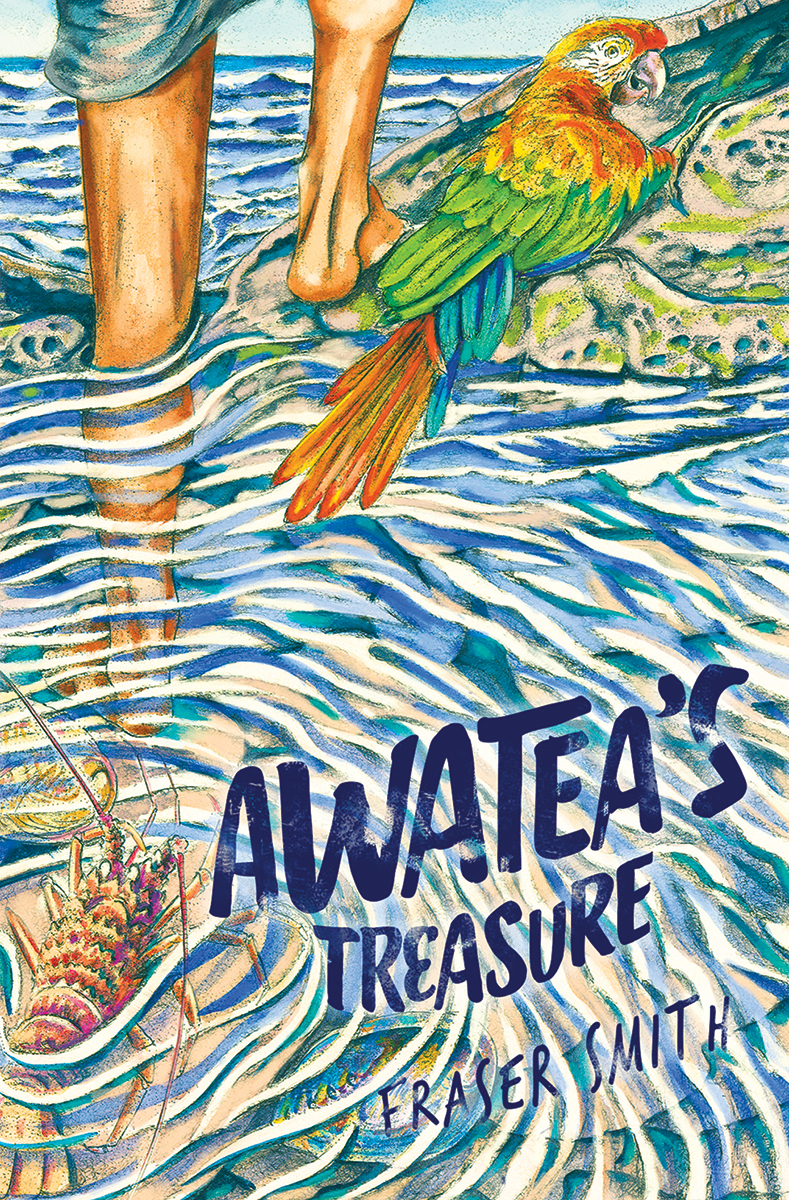
Awatea, the main character, has been sent to stay with his grandparents and uncles in the country because his dad is not well. His uncles are practical jokers, and they bet Awatea that he can’t stay overnight in a cottage they say is haunted. This bet is put on hold when they head to the bach for a few weeks of shellfish gathering.
There is elements of the supernatural, lots of fun and plenty of action in this, Fraser Smith’s first book. The trip to stay at their family bach is very evocative of a way of life once common in New Zealand, and Awatea’s adventures with the neighbour’s parrot are excellent. Recommended for 7 – 12 year olds.
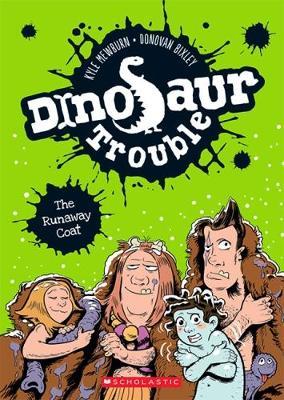
Dinosaur Trouble
By Kyle Mewburn and Donovan Bixley
Published by Scholastic New Zealand
RRP $9.00
This series fits neatly as a ‘first reader’ version of Dinosaur Rescue, with similar richly gross language and simple storylines set in a time when cave men and dinosaurs roamed the earth side-by-side. But of course, not without tension – if it was up to Arg’s parents, dinosaurs would be hunted to extinction.
Arg is a little different, being on the road to evolution (thus having a slightly larger brain than the others). This series sees him trying to help everybody and everything survive, without giving the least hint that he is at all … different … from anybody else. Because being different means you are more likely to be eaten.
Gross fun with joyous illustrations for the 5 – 8 year age range. Let them read them to themselves if you don’t want to throw up a little.
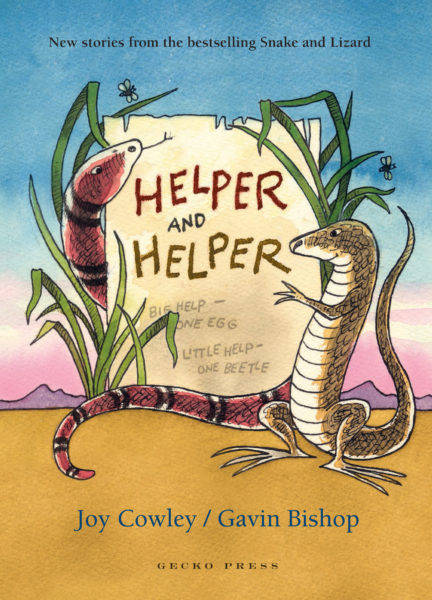
Helper and Helper
By Joy Cowley
Illustrated by Gavin Bishop
Published by Gecko Press
RRP $22.99
The third in the marvellous Snake and Lizard series sees more gentle hilarity mixed with wise observations on life.
Snake and Lizard are still flatmates and business colleagues, charging a bug for ‘little help’ and an egg for ‘big help’ (they had to stop specifying quail eggs after loud protests from the local quails).
They’re still the best of friends, but they’re still very different in personality and, well, biology. It is a guilty joy to see them bicker, and experiment with manipulation and even the silent treatment, as they each figure out how to get along with their favourite friend.
There are some fabulous scenes of quiet drama, and even some eyebrow-raising surprises in this collection, including a problem of competition from an old rabbit guru, and Snake’s solution when Lizard’s many aunties overstay their welcome.
This will be a firm favourite with both adults and children – it’s a sure-fire bet for a present, or a classroom read-aloud.
Middle Fiction
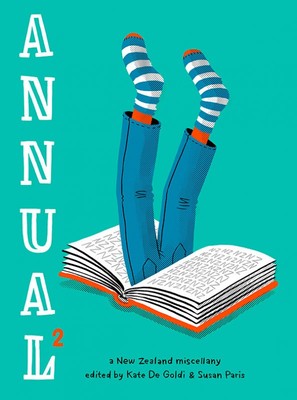
Home of the most intriguing selection of articles for middle-aged kids (you know, 8 – 13 year olds – and older) you could ever hope to find.
If you thought editors Kate De Goldi and Susan Paris had brought out the stars last year, this year is even more packed to the gunwales with legendary Kiwi authors. We have Bill Manhire, with one of the most hilarious pieces in the book, Kate Camp riffing in haiku, Lloyd Jones waxing lyrical about body-surfing, Ane Tonga and Rez Gardi helping us look at art, and Paul Thomas playing kid detective, alongside some favourites from the previous issue: James Brown, Renata Hopkins, and Gregory O’Brien.
The selection is beautifully curated, ensuring that no matter where your book falls open you are bound to find something that intrigues you. Well done to De Goldi and Paris for making such a wonderful piece of work. Go and grab your copy today!
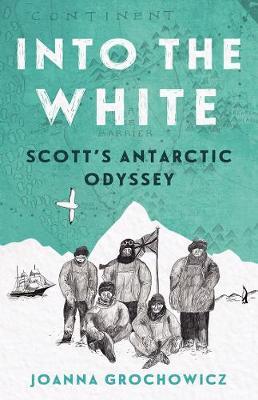
You may think you know the story of Robert Falcon Scott, the man who reached the South Pole – second – and failed to return. But until you read the fantastic Into the White, you don’t understand the trials that come with such a feat – the reader is truly carried along.
While the journey was tough, Grochowicz has a talent for bringing in levity against the bleak white. She describes a winter lecture series (so English!) and the men slipping away before the lecturer could ask them anything – even Scott, usually an assiduous student, was asleep. Her observation of the animal teams and horses – and the way in which the humans on the trip justified their treatment and deaths – are done with care. There were strong bonds between some men and their pack-ponies, and Scott understands that they must treat their animals humanely.
We recommend this book to anybody with a sense of adventure, but it is pitched at the 10+ age group.
Read the full review by Sarah here.
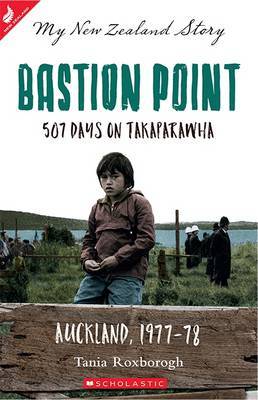
All Erica Tito wants to do for the summer is break in her new horse Silver, but her father has other ideas, taking the family from their lives in the far north back to his tipuna’s home on Bastion Point.
As with all books in the My Story series, this book tells a significant historical event from the viewpoint of a child. Erica is transplanted from a place she considers home to fight for her ancestral land, and through the book comes to a gradual understanding of exactly why they are occupying the land, and what they stand to lose.
As well as being an important story for all New Zealanders to read, Roxborogh has pitched the tone perfectly. There are no boring bits, as Erica goes from home to school and back, experiencing prejudice and hostility, but also learning more about her own strengths as a person. Highly recommended. This won the Junior Fiction prize at the NZ Book Awards.
See each finalists’ comment on why they wrote the book they wrote here.
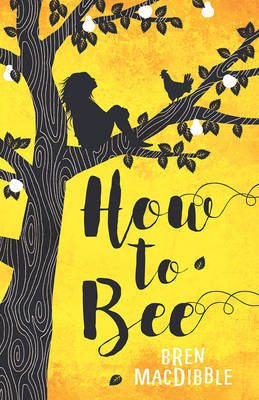
This is one of Sarah’s books of the year, by an expat New Zealander living and writing in Australia.
The bees are dead. So lower-caste humans have to do the things bees used to do: pollinating fruit, which of course goes straight to the cities. All Peony wants to be is a Bee – they have the best job in the world as far as she can tell. Instead, her mum comes back from her job in the city to take her away from the farm, to the city where she can earn real money. Peony accepts her fate to make sure her sister Mags, doesn’t have to.
Once she reaches the city, she forms a bond with the nervous daughter of the rich family whom she works for. This bond sees both of their lives changed forever.
This is a story of our possible ecological future, with a fantastically determined heroine, and beautifully constructed family relationships. Do get it for Christmas for your reader! Age 9 – 14.
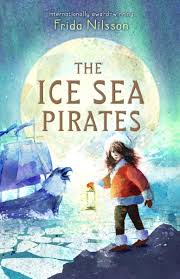
The Ice Sea Pirates is a quest story. The opening chapter quickly and efficiently sets the scene and pushes the story off. It is a first person narrative and our storyteller is Siri, a ten-year-old girl living with her father and younger sister Miki in Blue Bay where it is so cold in winter that birds can freeze in mid-flight. The mild fantasy elements that occasionally feature later in the story are foreshadowed by the description of a piece of a mermaid’s flipper mounted on the wall. The father had once caught this in his fishing net. This gives an opportunity for Siri to explain at once one of the presiding themes of the book – the coexistence of good and evil – and of the ever present danger of those who personify the latter: ‘…you see, there are some people who believe there is no difference between catching a cod and catching a mermaid. Or doing even worse things. Where I live, there was a time when pirates roamed the sea. Foul, wicked pirates…’
Siri is an attractive heroine: smart, sassy and resourceful. Just as the course of her journey hops from island to island in the archipelago, so her adventure hops from crisis to crisis. She does find support from the kind-hearted ship’s cook Fredrik, but for the most part she is on her own in a hostile, frigid environment.
The ending, and Miki’s rescue, has a succession of skilfully engineered surprises and is very satisfying.
Read the full review by James Norcliffe’s here, or Sarah’s review over at Booksellers NZ.
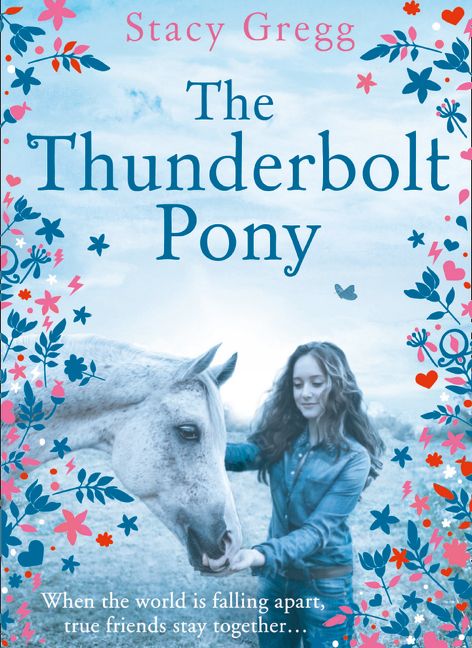
When a major earthquake hits Evie’s hometown in the South Island, she’s faced with a terrible choice: follow her mother and be airlifted to safety, or refuse to be separated from the animals she loves.
Determined not to leave her beloved pony, Gus, her dog, Jock, and her cat Moxy behind, she embarks on a race across country with them, facing danger and difficulty along the way.
This would all be hard enough, but Evie also lives with OCD, so the strength and resilience she finds on her journey are particularly triumphant.
As Ruth McIntyre notes, ‘Gregg’s previous girl-and-pony adventures have been set in foreign lands, so her Kiwi fans will be delighted her new novel is set during a traumatic event in our recent history.’
Read Stacy Gregg and Kelly Wilson interview each other here.
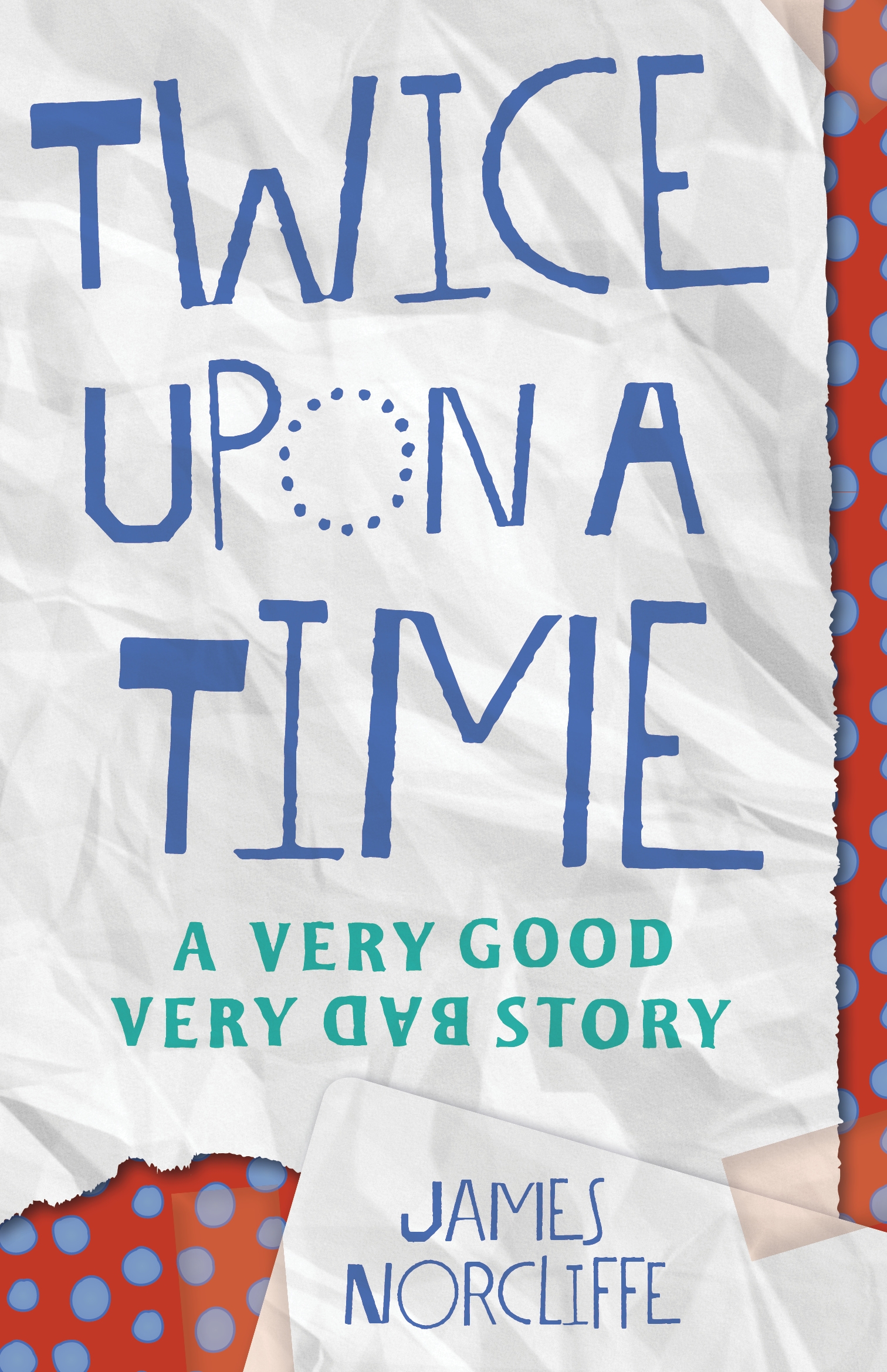
James Norcliffe specialises in strong, wild characters and a whiff of magic. Twice Upon a Time is no exception.
Ginny is having a nap one afternoon in the hammock when she becomes aware of somebody visiting. Thinking it would be Pop (Pop by name, pop by nature), she is surprised but not overly alarmed to find a small gnomish creature there instead, with no more idea than Ginny has of what he is doing there or how he got there. Ginny sends him on his way, but soon enough Pop is revealed to have disappeared, and Digger Dagger (for this is the gnome’s name) figures perhaps he is there because of this disappearance, and offers to help her find him.
Twice Upon a Time is going to be a boon to every teacher and bookseller who has wondered what to recommend after the ‘Faraway Tree’ series. Put it on your shelf alongside the classics: it’s traditional quest storytelling at its best, from a master of the form.
See our full review here, and here’s a sample of the book.



